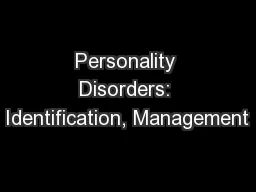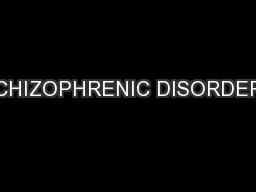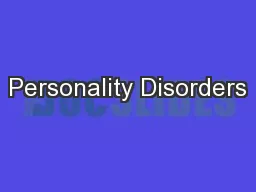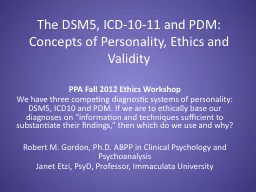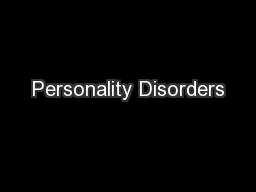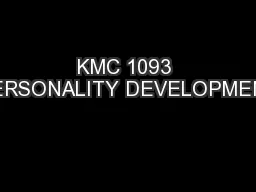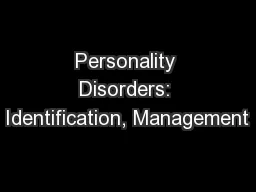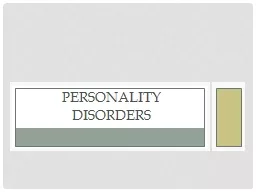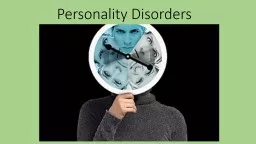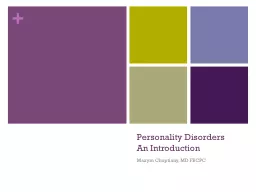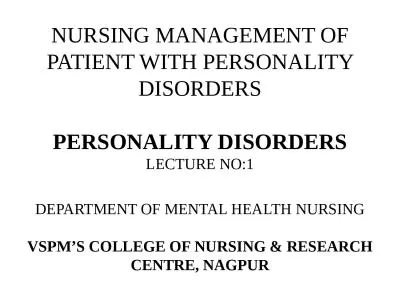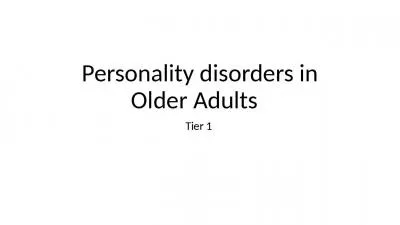PPT-Personality Disorders: Identification, Management
Author : calandra-battersby | Published Date : 2018-10-24
and Treatment September 2017 Kevin Baldwin PhD Applied Research Services Inc 1 The relatively new DSMV Single Axis Previously the DSM organized clinical assessment
Presentation Embed Code
Download Presentation
Download Presentation The PPT/PDF document "Personality Disorders: Identification, M..." is the property of its rightful owner. Permission is granted to download and print the materials on this website for personal, non-commercial use only, and to display it on your personal computer provided you do not modify the materials and that you retain all copyright notices contained in the materials. By downloading content from our website, you accept the terms of this agreement.
Personality Disorders: Identification, Management: Transcript
Download Rules Of Document
"Personality Disorders: Identification, Management"The content belongs to its owner. You may download and print it for personal use, without modification, and keep all copyright notices. By downloading, you agree to these terms.
Related Documents

